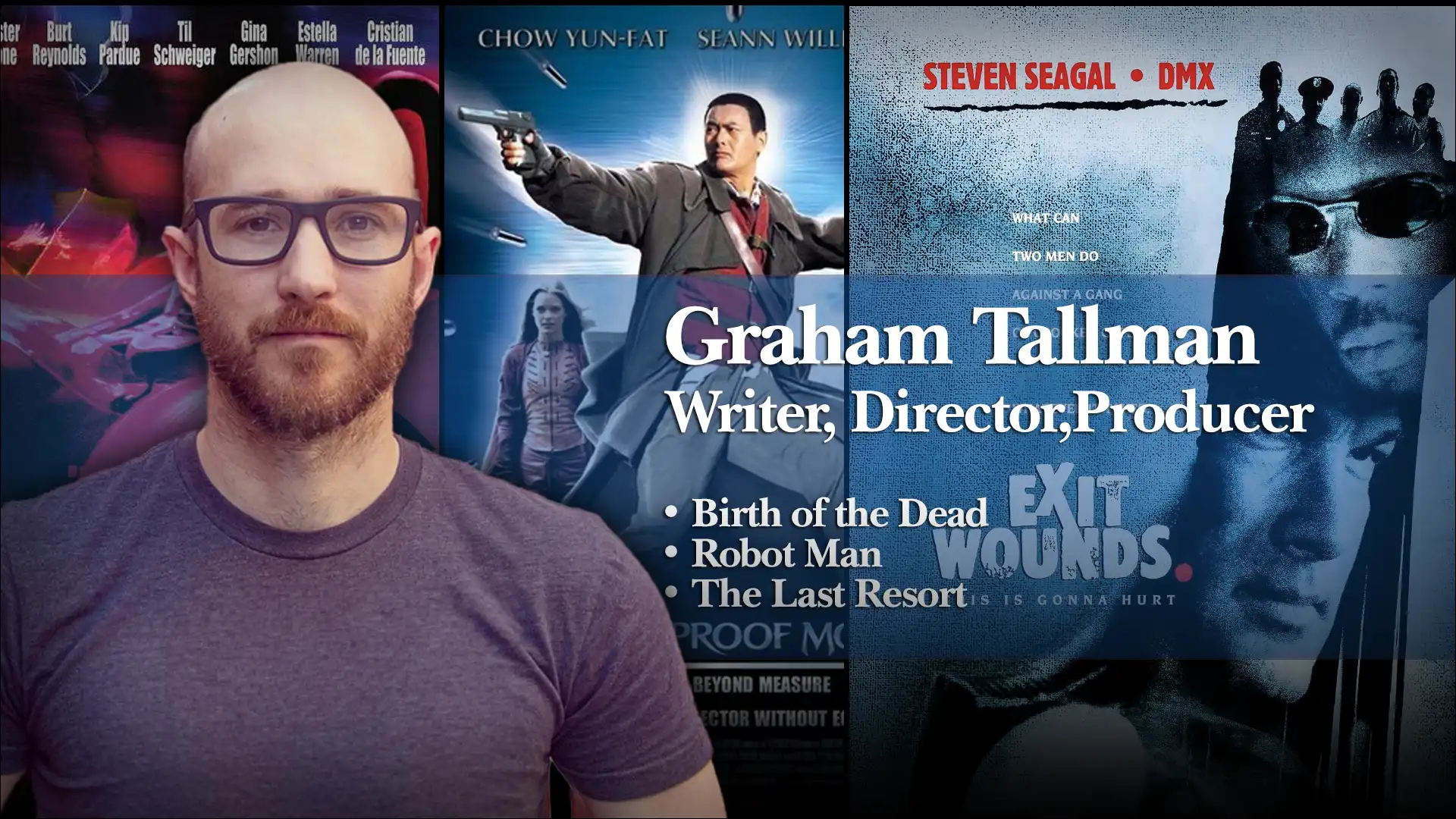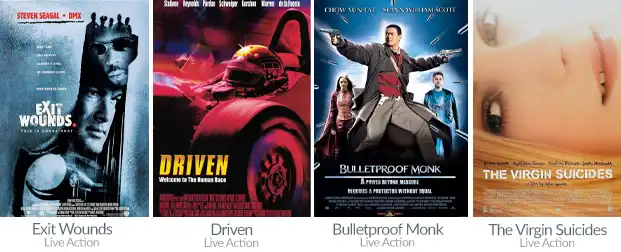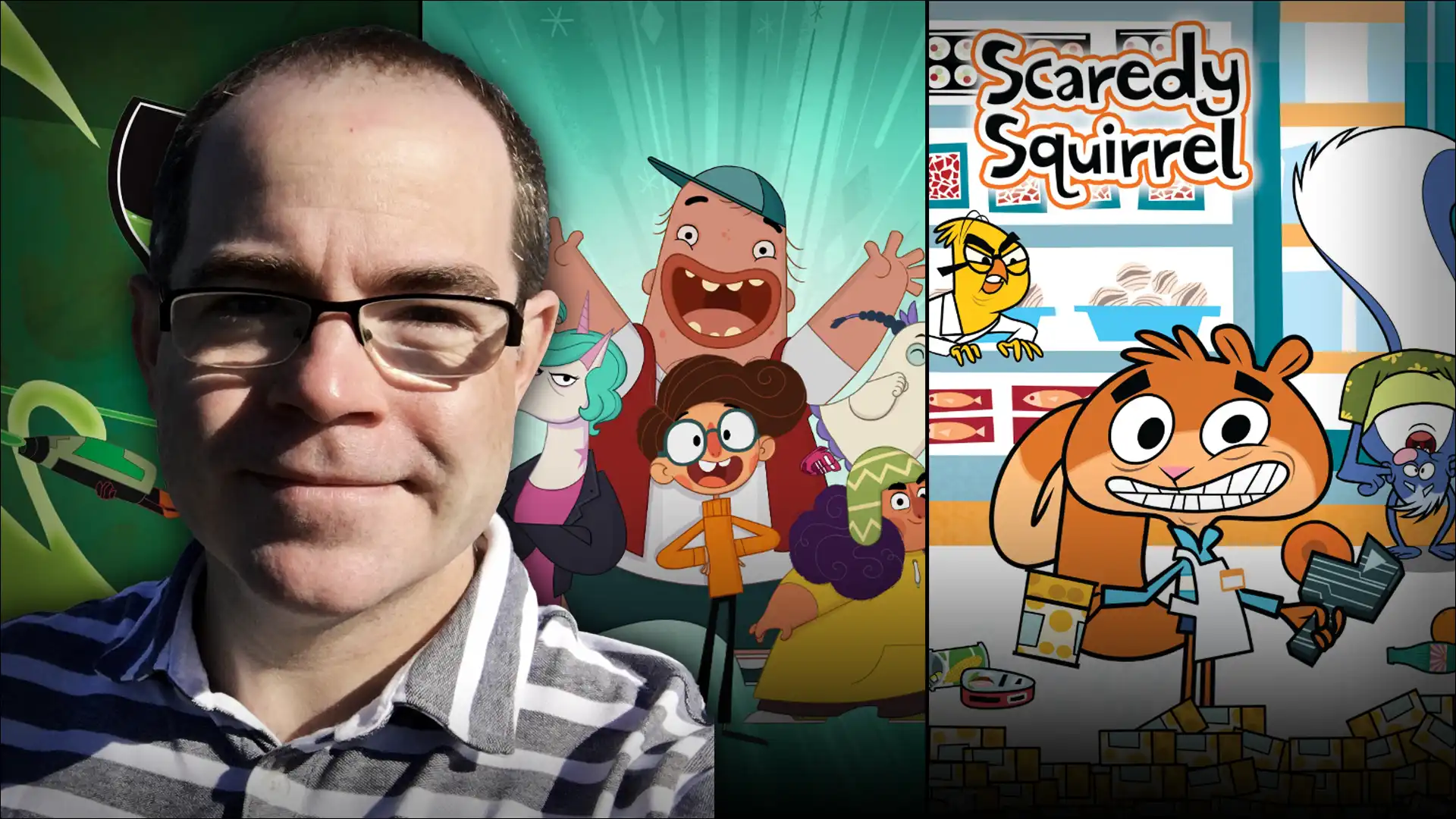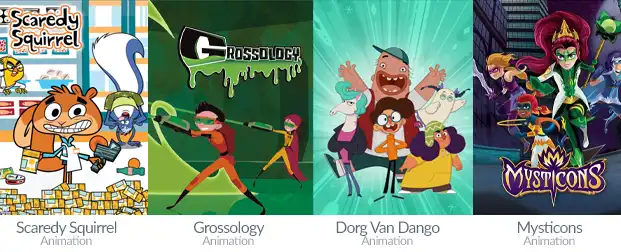Meet Your Teachers
Writing for Animation


Graham Tallman | Writer, Director
Teaching Courses: Writing for Animation
Delivery: Live Online
Studio(s): Amazon Studios, Disney, Paramount, Universal, Sony Imageworks
Credits: Robot Man, Space Invaders, Last Resort


Matt Ferguson | Series Director
Teaching Courses: Writing for Animation
Delivery: VANAS+
Studio(s): Wildbrain, Nelvana
Credits: Dorg Van Dango, Grossology, Scaredy Squirrel
Book an Information Session
Check your admissions eligibility
